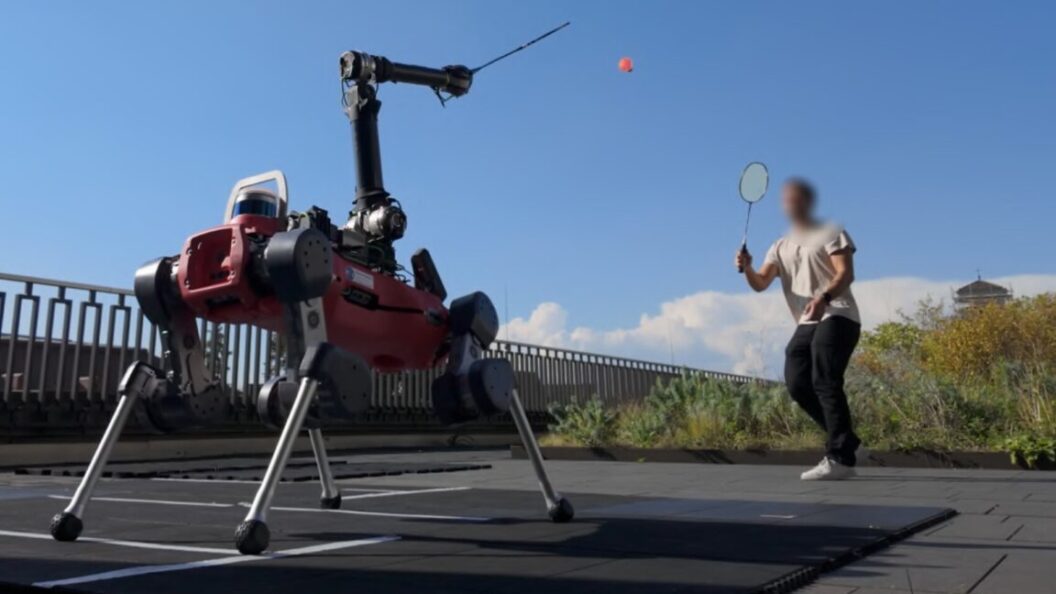The Rise and Limits of Sports Robots: ANYmal’s Badminton Challenge
Introduction to ANYmal
Recent developments in robotics have introduced a remarkable player onto the badminton court: ANYmal, a robot designed to showcase advanced athletic capabilities. While it has demonstrated impressive fall avoidance and situational risk assessment, its performances against human players reveal both the potential and limitations of current robotic technology in competitive sports.
Reaction Time and Visual Limitations
A critical area where ANYmal falters is in reaction time. Average humans react to visual cues in approximately 0.2 to 0.25 seconds, with elite badminton athletes exhibiting even faster reflexes, down to 0.12 to 0.15 seconds. In contrast, ANYmal requires roughly 0.35 seconds to process an opponent’s shot, significantly hindering its performance. Such delays can impact the robot’s ability to respond effectively in fast-paced matches.
Its visual capabilities further exacerbate this issue. Dr. Ma, a key figure in the development of ANYmal, noted, “Perception is still a big issue.” The robot uses a stereo camera to localize the shuttlecock, but this system introduces potential positioning errors. Additionally, the camera’s limited field of view restricts the time during which ANYmal can track the shuttlecock, particularly during rapid exchanges. Ma acknowledged, “When the human player starts to smash, the success rate goes way down for the robot.”
Future Improvements on the Horizon
Despite these challenges, Dr. Ma and his team have outlined several strategies to enhance ANYmal’s capabilities. One proposed tactic is to improve reaction time by predicting the trajectory of the shuttlecock based on the opponent’s body movements, a technique already employed by professional athletes. This predictive modeling could enable ANYmal to act more swiftly and accurately.
To enhance its perception, the researchers are considering equipping ANYmal with advanced hardware like event cameras, which capture movement with ultra-low latency. These improvements could significantly bolster the robot’s ability to respond to dynamic sporting scenarios. Faster and more capable actuators could also contribute to improved performance on the court.
Limitations in Competitive Settings
However, despite the potential advancements, the prospect of introducing ANYmal into the major leagues of badminton or tennis remains unlikely. Ma candidly stated, “Would I set up a company selling badminton-playing robots? Well, maybe not.” This sentiment reflects both the current limitations in robotic technology and the nuanced skills required in high-level sports that robots have not yet mastered.
Conclusion: A Step Forward in Robotics
The journey of ANYmal highlights not only the impressive strides made in the field of robotics but also the inherent limitations that technology currently faces in mimicking human agility and perception in sports. As researchers continue to innovate and refine robotic capabilities, the sporting world may eventually witness robots capable of more competitive play. Nevertheless, for the time being, ANYmal serves as a testament to the challenges at the intersection of robotics and athletics.
The story of ANYmal underscores the ongoing quest to blend perception with control in various applications, suggesting that while robots may not yet dominate the sports arena, they have the potential to transform future interactions in diverse fields, from manufacturing to entertainment.









